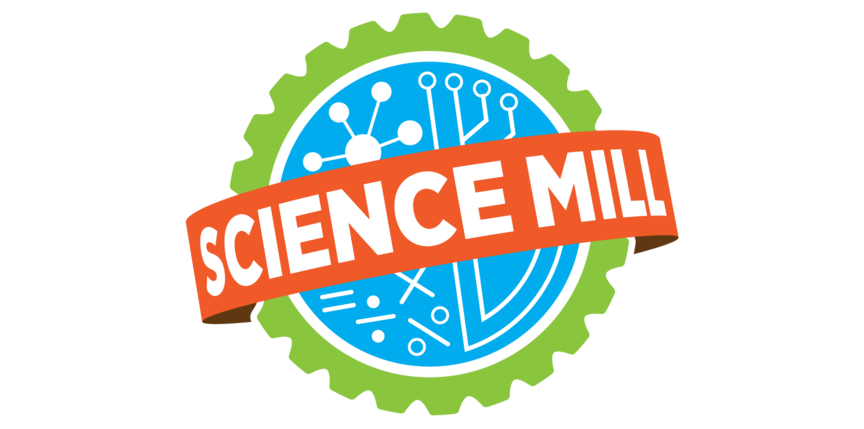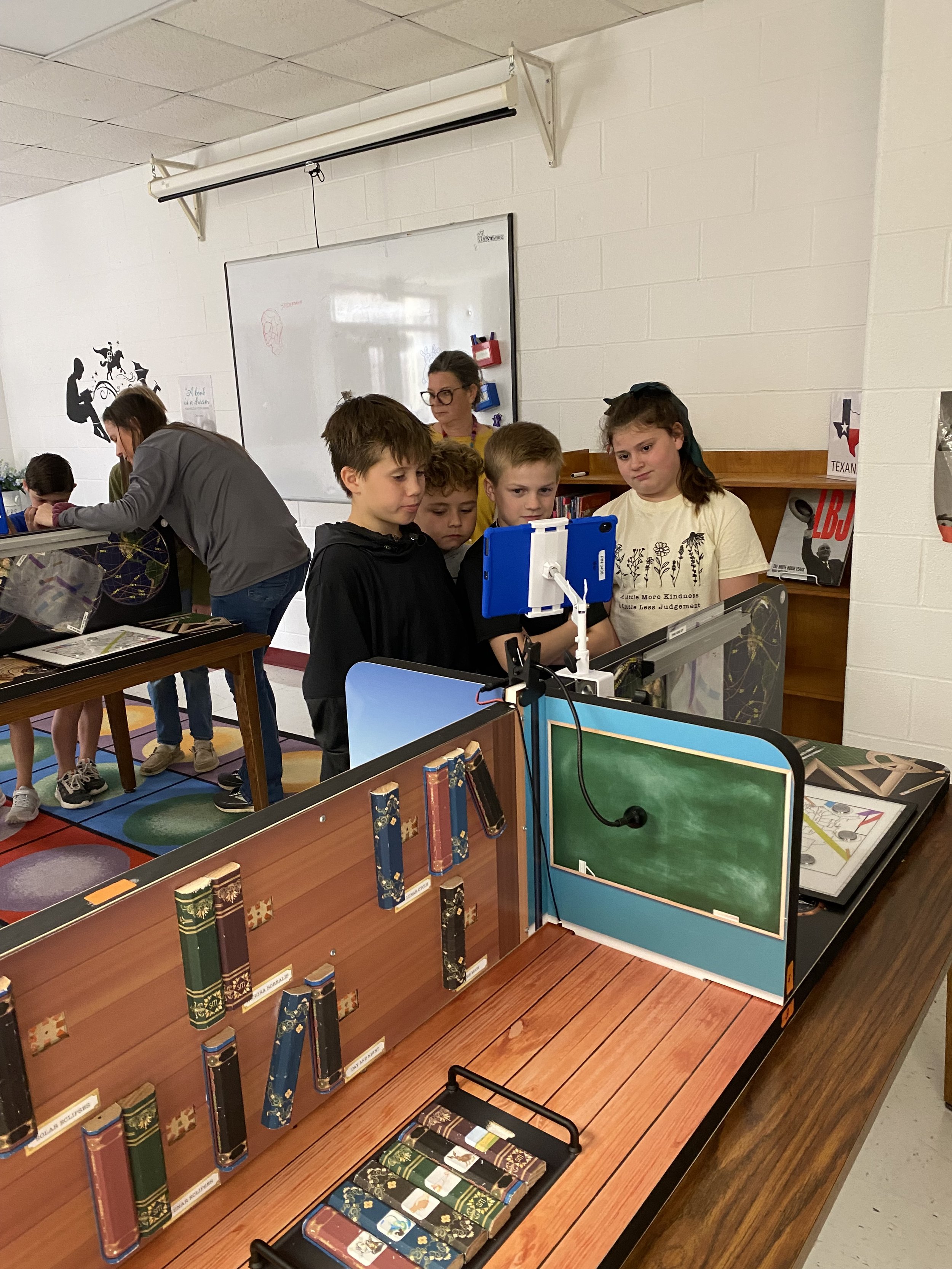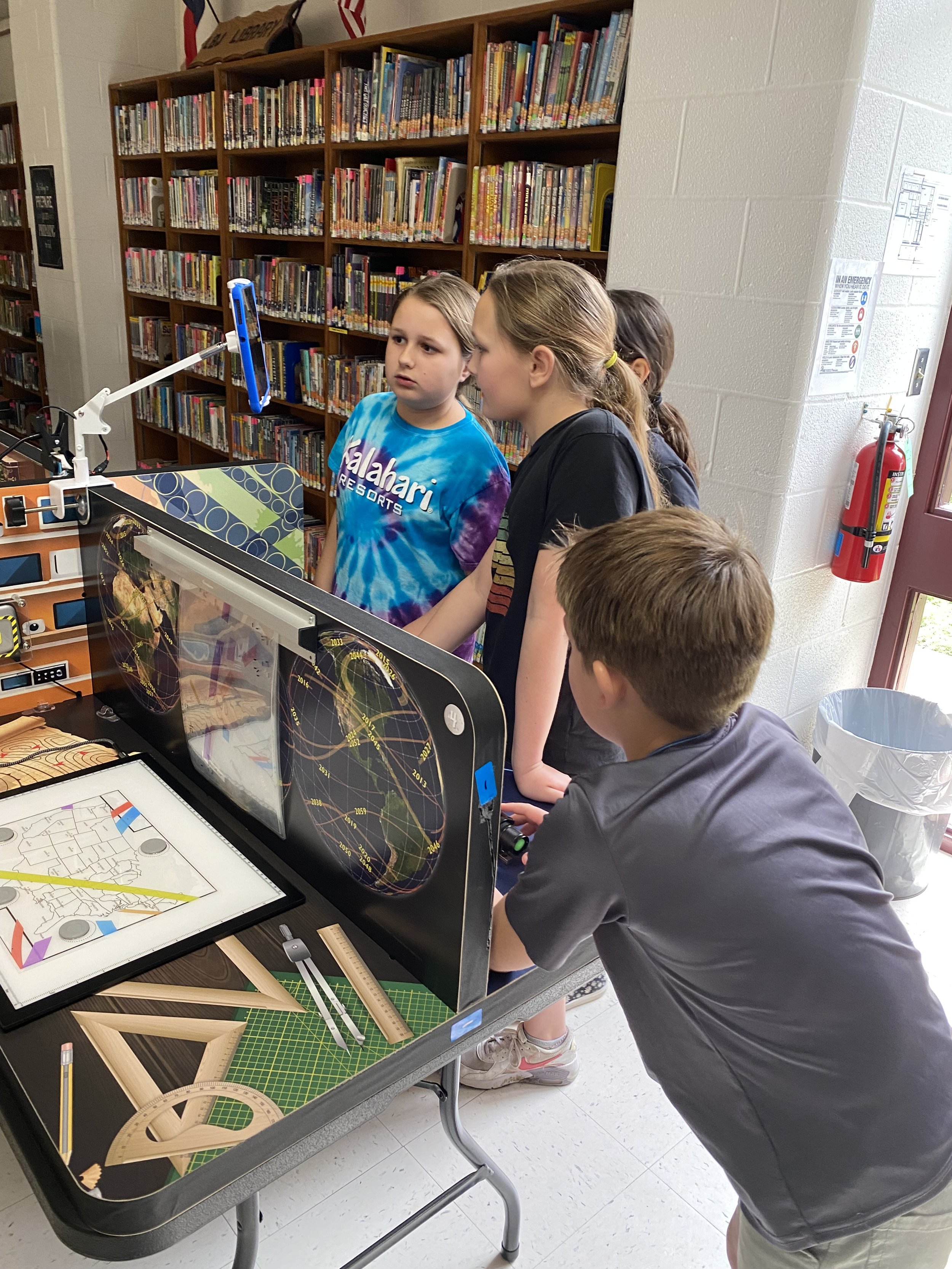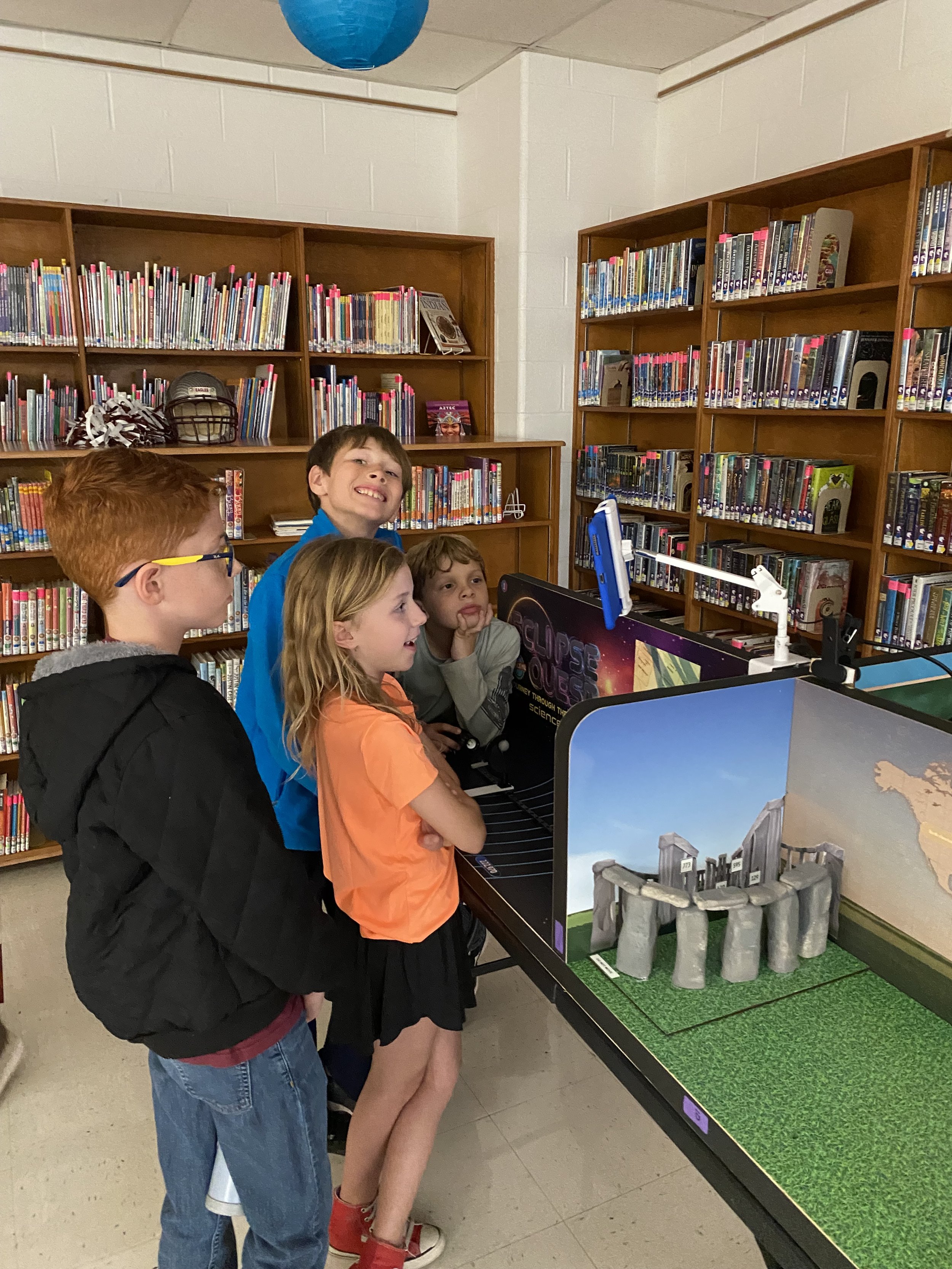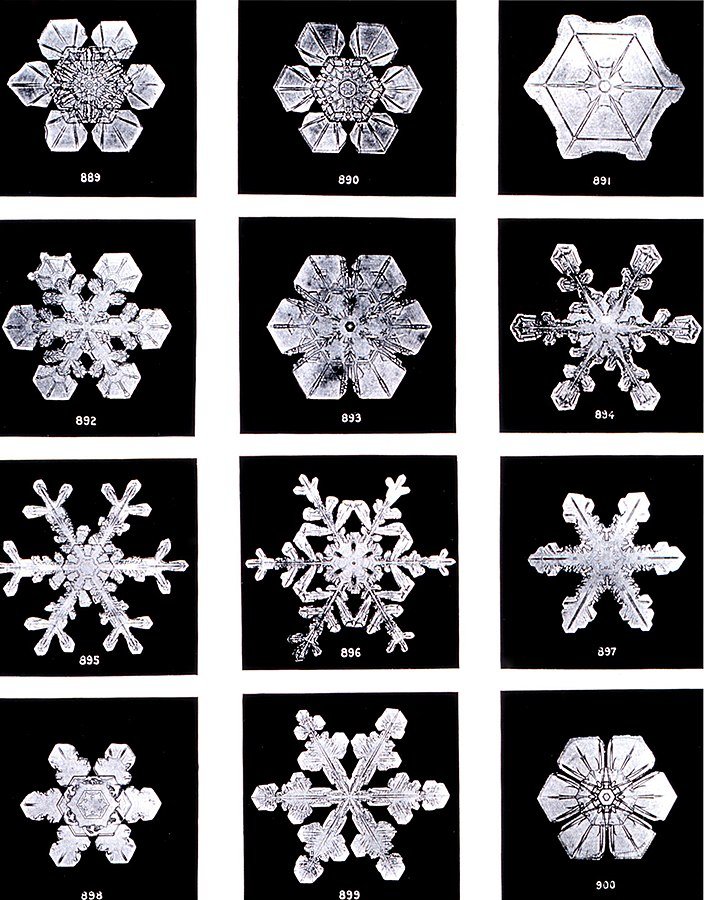“Without the participation of women, we have only half the brain power, half the spirit, and ultimately, half the potential.” [source]
As a company founded by a female STEM entrepreneur, the Science Mill has a unique perspective on Women in STEM. She founded and served as CEO for two successful biotech ventures which she led before brokering sales to large public companies. She has been awarded many accolades and awards for her work in STEM Education and her entrepreneurial efforts including the Entrepreneur of the Year/Minnesota and Dakota” award, Houston’s award for Outstanding Women in Science 2018, and the John Covert Watson Award for Vision 2017.
Our founder and President of the Board Dr. Bonnie Baskin is a force for STEM education. Ingrained into the mission and vision of the Mill is not just that we spark interest in STEM careers but also help women and girls grow their STEM identities. Dr. Baskin is a career virologist and biotech entrepreneur. She has also been the topic of many chapters in entrepreneurial books. She purposefully integrated a focus on building STEM-efficacy in girls into all of our programs and showing them that diversity in STEM fields is needed now more than ever.
“If you don’t look like everyone in the room, you belong there even more.” [source]
- LaDoris Harris, director of the Office of Economic Impact and Diversity in the U.S. Department of Energy
From our earliest beginnings more than 9 years ago, Dr. Baskin encouraged and built deep partnerships with multiple female STEM leaders including the incomparable Tricia Berry, the Executive Director of Women in STEM (WiSTEM) at The University of Texas at Austin. Tricia is a nationally recognized leader in STEM Education with over 25 years of experience, she also works in STEM Workforce Development, Effective STEM Messaging and Engagement, Strategies to Engage Girls/Women in STEM, STEM Role Model Effective Strategies, Informal STEM Curriculum Development and Facilitation, Engaging Volunteers and Role Models, and Leadership and Career Development. In our first conversations with Tricia she helped us to understand how to “talk” to girls in our program offerings, how to raise the STEM identities, how to approach marketing and training our programs so that we could better attract young women and help guide them into the STEM leaders of tomorrow. During the development of our virtual Professional Development series, we were fortunate to partner with Mrs. Berry once again and provide an entire section around Women in STEM and engaging females in STEM learning. During the module we broke down PBS’s SCIGirls approach to engaging girls in STEM along with statistics and resources from Tricia’s influential work with the National Girls Collaborative Project.
Watch more of our interview with Tricia Berry here:
“Between the years of 1966 and 1977, over 5,000 drawings of scientists made by girls were collected. Only 28 (0.56%) of them depicted female scientists. She states that over 80 similar studies with more than 20,000 participants were conducted since then. And by 2016, a whopping 58% of scientists drawn by girls were females. This gives us hope that by ushering in a growth mindset and an open, experimental atmosphere, educators can create a safe place for girls to explore all facets of STEM from an early age, allowing more space and time for growth.” [source]
By the Numbers - Statistics
“Girls/young women and boys/young men do not significantly differ in their abilities in mathematics and science, but do differ in their interest, confidence, and sense of belonging in science, technology, engineering, and mathematics (STEM).” [source] NGCP produces a State of Girls and Women in STEM annually every March. In comparison of 2023 and 2024 numbers there is a 1% growth in Women in the STEM workforce.
[Source]
Strategies to Engage Girls in STEM
“If we, as teachers, can encourage girls to take those difficult classes and support and celebrate their efforts rather than their outcomes, this will go a long way toward encouraging them to stay in those classes.” [source]
SciGirls Strategies outline a 6 step, research based approach to engaging girls in STEM and helping them have confidence in their abilities.
Connect STEM Experiences to Girl’s Lives
Approach STEM learning from a culturally responsive perspective and engage girls through their personal experiences, culture, knowledge, skills and personal interests. Encourage them to pursue content that has real world relevance for them. Embrace new opportunities to connect girls to STEM learning with community organizations like WiSTEM and Women in STEM (WiSTEM) ambassadors, Use international events such as the International Women and Girls in Science Day to connect with stories of women in these fields that could help you connect with your students. Use valuable free resources like PBS’s Inspire a Generation of Innovators on Women & Girls in Science Day! — Mountain Lake PBS to a ensure a multimodal learning experience for young women and incorporate “edventures” form an early age!Support Girls as they use STEM practices
Connect with us at the Science Mill to incorporate any of our hands-on, inquiry-driven off-site STEM programs such as Summer Camps, Afterschool STEM Discovery Clubs, or Labs on the Go. If you’re within range, visit us for field trips and add on a learning lab. Get tools in their hands that allow them to gain experience in “doing” science that help build strong STEM identities and self-efficacy. Whether at home or in the classroom, engage with online STEM activities with DIY STEM activities designed for girls | The GiST.Empower Girls to embrace struggles
We now know that the difference in representation of men versus women in STEM fields is not due to lack of achievement or skill in math or science but rather a lack of confidence in their own abilities. In order to overcome challenges, women and girls must embrace failure as a learning experience and not a lack of skill. One political leader chose to embrace this topic, as she encourages us all as parents and educators to teach our girls to be brave, not perfect. In her impactful TED talk, Teach Girls Bravery, Not Perfection, Reshma Saujani, discusses how to leverage failure as an opportunity to preserve thus changing the narrative for young women everywhere by encouraging them to have moxy to go against a social construct wherein successful women must be “perfect” at what they do and not fail. Supporting young women to have a growth mindset around the opportunities presented through failure will help reshape aspirations and knock down barriers to those more in-depth science, technology and math courses.Encourage Girls to challenge STEM stereotypes
Use tools to unleash the social justice warriors in young women by introducing them to lessons, texts, tasks and strategies from organizations like Learning for Justice. Represent the women on the frontiers of emerging, collaborative STEM projects and missions such as NASA’s Women of Artemis. Allow them to hear from the unsung women heroes of scientific discovery with projects like The Untold History of Women in Science and Technology | The White House. By incorporating these brave women and their accomplishments, we can help them rise to the occasion and break barriers for those who will follow in their footsteps.Emphasize the STEM is collaborative, social and community-oriented
The large statistical representation of women in the social sciences and life sciences are not really shocking given the natural inclination and societal norms of women being caretakers. This strategy aims to increase the interest and motivation in becoming STEM professionals and change the “stereotypical perception that STEM jobs require people to work alone.” (from video) “Because fewer women study and work in STEM, these fields tend to perpetuate inflexible, exclusionary, male-dominated cultures that are not supportive of or attractive to women and minorities.” [source]Interact with Diverse Role Models
Representation matters. Having posters of STEM women from reputable sources like the St. Louis Science Center and incorporating Role Model Profiles from SciGirls into your curriculum can also boost their confidence and interest in STEM content by allowing them to “see” themselves in STEM.
As we close out this post, let’s take a pause to reflect on the resources, partners, and strategies at your disposal to help inspire the next generation of Women in STEM. How will you build a better future for them?
